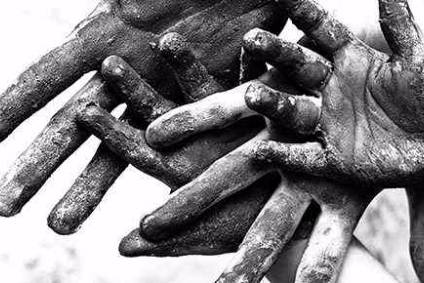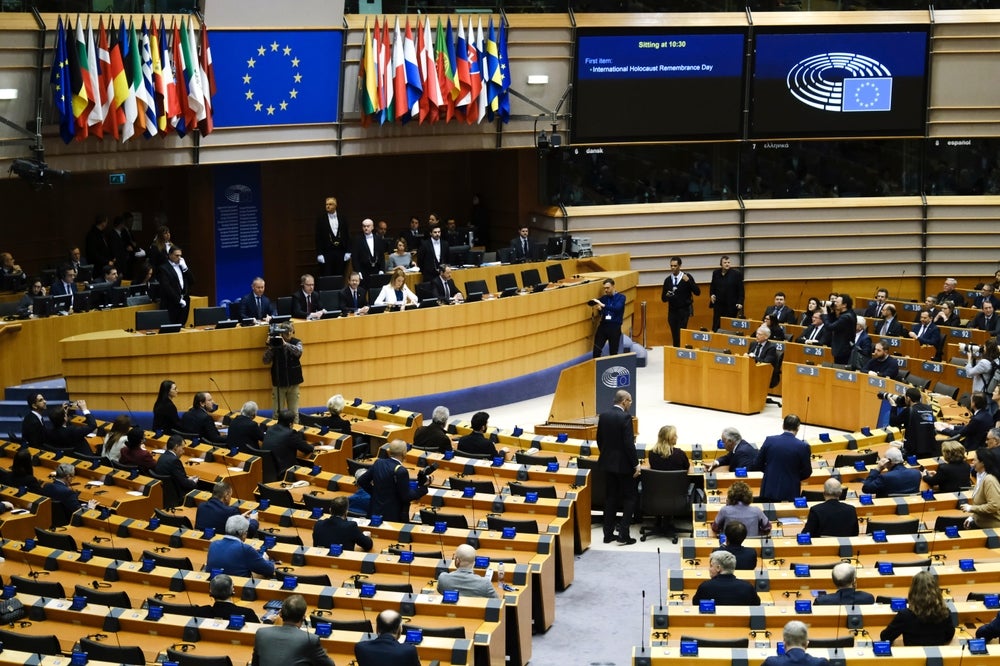
The Covid-19 crisis could lead to the first rise in child labour for 20 years, according to a new brief from the International Labour Organization (ILO) and UNICEF, the United Nations Children’s Fund.
It is estimated that there are already 152m children in child labour, 72m of whom are in hazardous work. The just-released ‘Covid-19 and child labour: A time of crisis, a time to act,’ states that while child labour has fallen by 94m since 2000, “the Covid-19 pandemic poses very real risks of backtracking.”
The report adds: “Positive trends may falter, and child labour may worsen, especially in places where it has remained resistant to change. These risks require urgent action to prevent and mitigate the tolls the pandemic takes on children and their families.”
The briefing notes the pandemic “has increased economic insecurity, profoundly disrupted supply chains and halted manufacturing. Tightening credit is constraining financial markets in many countries. Public budgets are straining to keep up. When these and other factors result in losses in household income, expectations that children contribute financially can intensify.”
According to the ILO and UNICEF, some studies show that a one percentage point rise in poverty leads to at least a 0.7 % increase in child labour in certain countries.
See Also:
“In times of crisis, child labour becomes a coping mechanism for many families,” says UNICEF executive director Henrietta Fore. “As poverty rises, schools close and the availability of social services decreases, more children are pushed into the workforce. As we re-imagine the world post-Covid, we need to make sure that children and their families have the tools they need to weather similar storms in the future.”
How well do you really know your competitors?
Access the most comprehensive Company Profiles on the market, powered by GlobalData. Save hours of research. Gain competitive edge.

Thank you!
Your download email will arrive shortly
Not ready to buy yet? Download a free sample
We are confident about the unique quality of our Company Profiles. However, we want you to make the most beneficial decision for your business, so we offer a free sample that you can download by submitting the below form
By GlobalDataVulnerable population groups – such as those working in the informal economy and migrant workers – will suffer most from economic downturn, increased informality and unemployment, the general fall in living standards, health shocks and insufficient social protection systems, among other pressures.
The ILO and UNICEF claim evidence is gradually mounting that child labour is rising as schools close during the pandemic. Temporary school closures are currently affecting more than 1bn learners in over 130 countries. Even when classes restart, some parents may no longer be able to afford to send their children to school.
As a result, more children could be forced into exploitative and hazardous jobs. What’s more, gender inequalities may grow more acute, with girls particularly vulnerable to exploitation in agriculture and domestic work, the brief says.
Directions for moving forward
The document proposes a number of measures to counter the threat of increased child labour, including more comprehensive social protection, easier access to credit for poor households, the promotion of decent work for adults, measures to get children back into school, including the elimination of school fees, and more resources for labour inspections and law enforcement.
ILO director-general, Guy Ryder, adds social protection is vital in times of crisis, as it provides assistance to those who are most vulnerable.
“Integrating child labour concerns across broader policies for education, social protection, justice, labour markets, and international human and labour rights makes a critical difference,” he says.
While the report says the complexity of child labour and the unique character of the current crisis make it clear that there is no single solution, it provides some directions for moving forward:
- Enact comprehensive social protection measures
- Create decent work for adults
- Ensure every child’s access to education
- Strengthen labour administration and enforcement
- Protect the health and safety of workers
- Fund and treat social service workers as essential
- Promote changes in thinking
- Sharpen the evidence
“This is a critical moment for the entire world. To mitigate the impact of Covid-19, now and for the foreseeable future, upholding children’s rights as well as fundamental workplace principles and rights has never been more urgent,” the report says.
ILO and UNICEF are developing a simulation model to look at the impact of Covid-19 on child labour globally. New global estimates on child labour will be released in 2021.
Click here to access the report.







